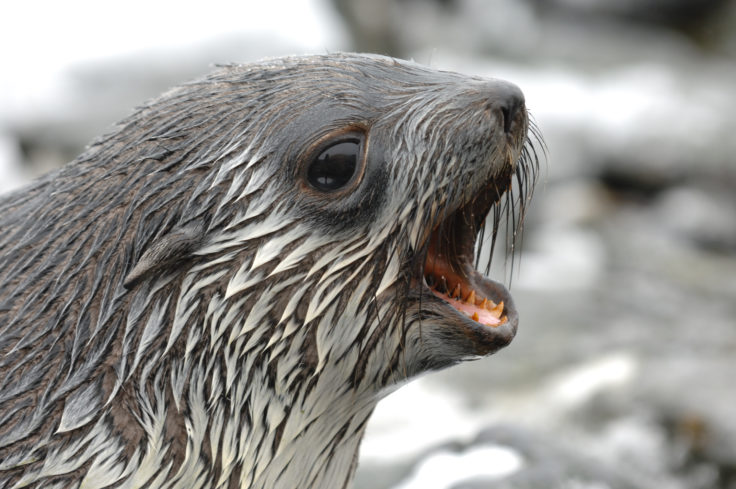Global S&T Development Trend Analysis Platform of Resources and Environment
| Protecting seabirds and mammals | |
| admin | |
| 2020-01-08 | |
| 发布年 | 2020 |
| 语种 | 英语 |
| 国家 | 英国 |
| 领域 | 资源环境 |
| 正文(英文) | A new study published this week (7 January 2020) identifies a need for fishery managers to adopt clear objectives for the protection of seabirds and mammals. It is published in the Wiley journal Fish and Fisheries. An international team of researchers, led by Dr Simeon Hill of British Antarctic Survey, examined six fisheries in three oceans – the Pacific, Atlantic and Southern Ocean. In each case there is a well known risk that fishing could impact seabird and mammal populations by removing some of their food. Many of these populations are monitored, however, only one fishery has a clear objective for a monitored population.
 The study identifies the characteristics of suitable “reference points” – statements of objectives that can be used to control fishing activities. Changes to population size might indicate that an impact has already happened, but management should aim to prevent impacts. Consequently, reference points should be based on information that provides an early warning of impact risk, such as changes in annual breeding success. Fishing activities should be controlled to maintain populations above agreed reference points. Dr Norman Ratcliffe, a British Antarctic Survey seabird specialist who contributed to the study adds:
Reference points for predators will progress ecosystem‐based management of fisheries by Hill, SL, Hinke, J, Bertrand, S, Fritz, L., Furness R.W., Ianelli, J.N., Murphy, M., Oliveros-Ramos, R, Pichegru, L., Sharp, R., Stillman, R.A., Wright, P.J., Ratcliffe, N. (2020) is published in the journal Fish and Fisheries. The paper is available online at https://doi.org/10.1111/faf.12434
|
| URL | 查看原文 |
| 来源平台 | British Antarctic Survey |
| 文献类型 | 新闻 |
| 条目标识符 | http://119.78.100.173/C666/handle/2XK7JSWQ/233679 |
| 专题 | 资源环境科学 |
| 推荐引用方式 GB/T 7714 | admin. Protecting seabirds and mammals. 2020. |
| 条目包含的文件 | 条目无相关文件。 | |||||
| 个性服务 |
| 推荐该条目 |
| 保存到收藏夹 |
| 查看访问统计 |
| 导出为Endnote文件 |
| 谷歌学术 |
| 谷歌学术中相似的文章 |
| [admin]的文章 |
| 百度学术 |
| 百度学术中相似的文章 |
| [admin]的文章 |
| 必应学术 |
| 必应学术中相似的文章 |
| [admin]的文章 |
| 相关权益政策 |
| 暂无数据 |
| 收藏/分享 |
除非特别说明,本系统中所有内容都受版权保护,并保留所有权利。
修改评论